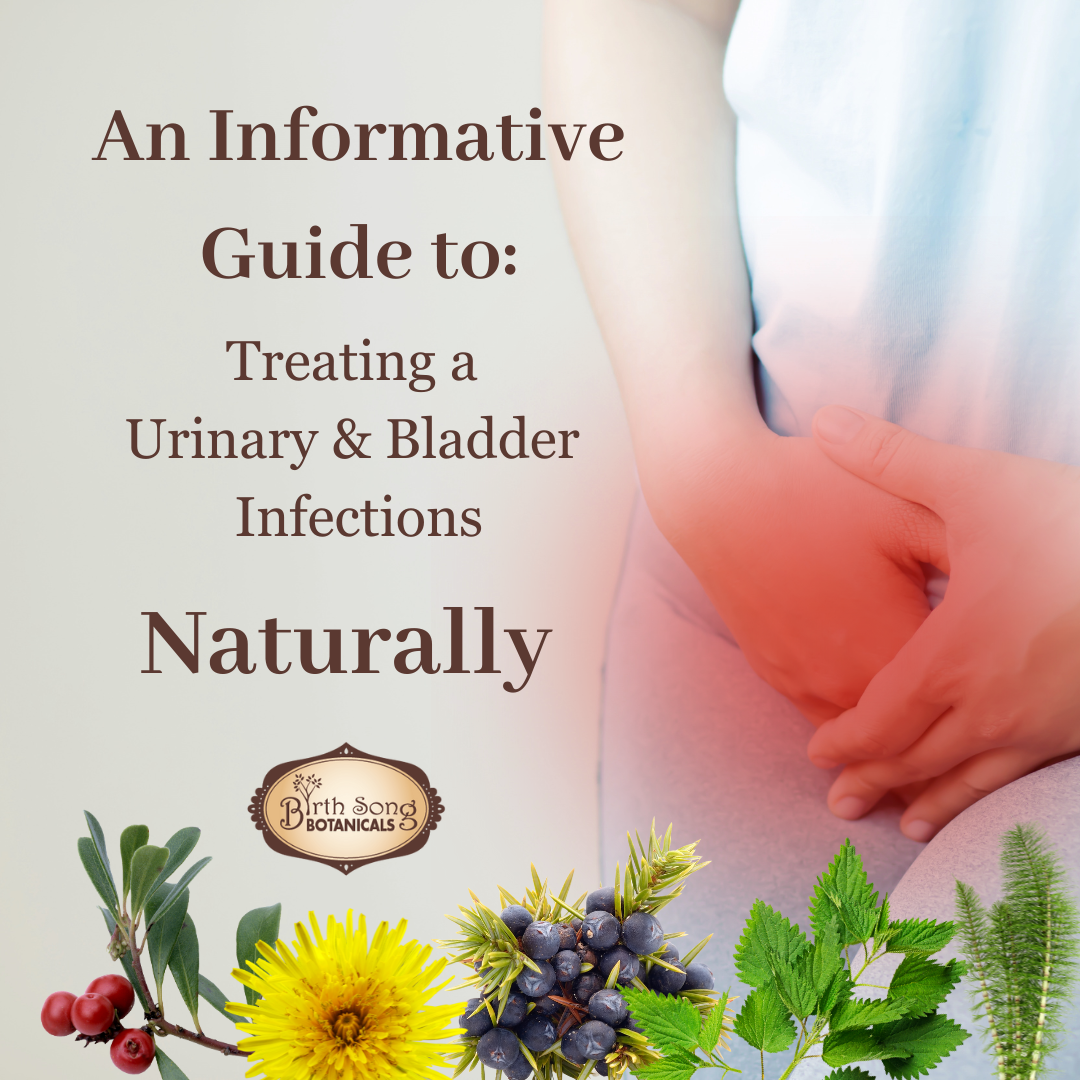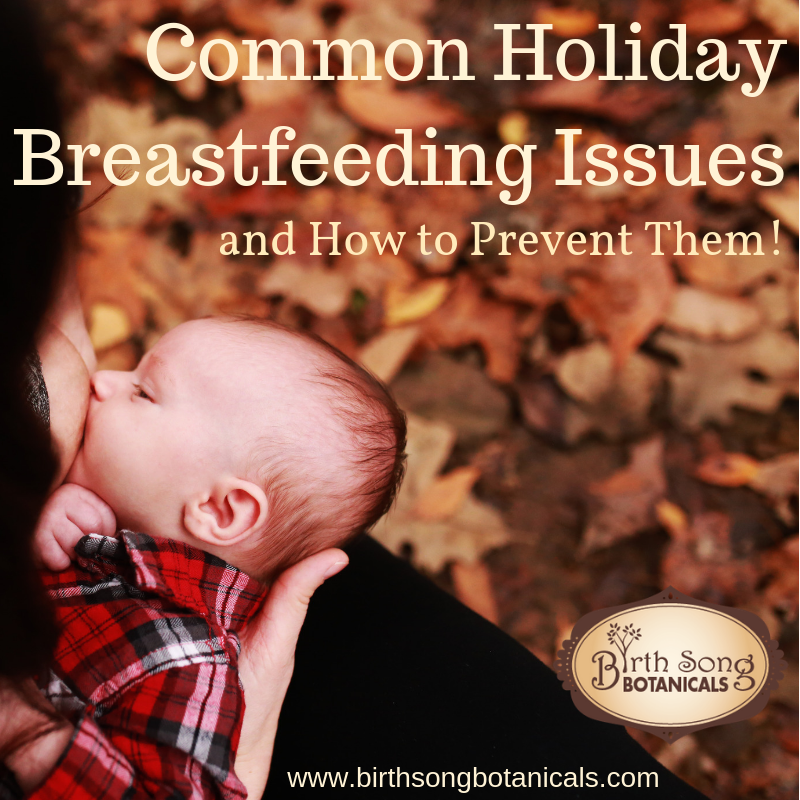Induce Lactation or Relactate: You can Make Breastmilk!

Breastfeeding after a period of not making milk is possible! If you changed your mind and want to breastfeed your baby longer, or if you couldn’t breastfeed for a period of time because of illness or a needed medication - no matter the reason, you can breastfeed your baby again. Did you know that’s it is also possible to induce lactation if you have never given birth or been pregnant?
Before we continue let's define a few things to get on the same page:
- Relactation is bringing your milk back after a period of not lactating.
- Induce lactation is making milk when you have not previously.
- Galactagogue is a substance that promotes the secretion of milk. It can be a medication, herb, or dietary supplement.
Keep in mind that the most important goal is that your baby is thriving and nourished. Even if you can’t provide your baby with 100% of what they need through your breast milk, any amount of breastmilk your baby gets is wonderful for them. As you are working on relactation or induced lactation, keep an eye on your baby’s output in terms of wet and poopy diapers. Regular weight checks are also a good idea. It is recommended that you work with a breastfeeding expert (such as La Leche League or an IBCLC) who has experience with relactation and induced lactation. They have the tools needed to help you to be successful. Sometimes, nothing is better than having someone sit with you and provide direct help while you are working at nursing your baby.

Dietary Galactagogues
While scientific evidence is lacking, some foods are traditionally believed to support milk production:
- Oats
- Dark leafy greens
- Garlic
- Chickpeas
- Nuts and seeds
- Ginger
- Papaya
- Various spices like anise, caraway, coriander, cumin, dill, and turmeric
Make sure that you are eating and drinking enough to support lactation. Nursing mothers need more calories a day than you may realize (3,000 calories). Make sure that you are drinking close to a gallon a day of clear liquids. Include nourishing herbal tea for the dense nutrient boost it will give you.
Herbal Galactagogues
- Fenugreek: One of the most popular, available in various forms.
- Blessed thistle: Often used in combination with fenugreek.
- Fennel: Commonly found in teas and spices.
- Alfalfa: Rich in nutrients, but evidence for milk production is limited.
- Stinging nettle: Can be consumed as a tea.
- Goat's rue: Less common but has been traditionally used.
- Milk thistle: Primarily known for liver health, but sometimes used for lactation support.
- Moringa: Rich in nutrients, but research on milk production is limited.
- Shatavari: An Ayurvedic herb with potential galactagogue properties.
Adding supplements specifically designed to support lactation can be extremely helpful. Our Let there Be Milk! tincture combined with Nursing Nectar tea will give your body a big boost. These two products support are herbal galactagogues that not only support breast milk production they support digestion (helping you to absorb more nutrients), and help you to relax so your milk can flow.
Pharmaceutical Galactagogues
Disclaimer: Induced lactation is a complex process with potential risks and benefits, and medical guidance is essential.
While there isn't a medication specifically designed for inducing lactation, some drugs have been used off-label for this purpose. Here are some common ones:
Primary Medication
- Domperidone: This is the most commonly used medication to stimulate milk production. It's primarily used to treat digestive issues but has shown effectiveness in increasing prolactin levels.
Other Potential Medications
- Metoclopramide: Another drug often used for digestive disorders, it can also increase prolactin levels. However, it has more side effects than domperidone and is generally considered second-line treatment.
- Hormonal Birth Control: Some women have reported success in inducing lactation by using birth control pills to mimic hormonal changes during pregnancy. However, this method is less common and requires careful medical supervision.
Important Considerations:
- Individual Response: The effectiveness of galactagogues can vary significantly.
- Safety: Some herbs may interact with medications or have adverse effects.
- Combination Therapy: Often, a combination of strategies, including frequent pumping and skin-to-skin contact, is more effective than relying solely on galactagogues.
Remember: This list is not exhaustive, and there might be other medications or approaches used in specific cases. Always consult a healthcare professional for personalized advice and guidance for you unique situation.

Breastfeeding and Pumping
In an ideal situation, you could have your baby begin to nurse as often as possible throughout the day to directly stimulate your breasts to produce milk. If your baby is currently bottle-feeding, you could put baby to your breast toward the end of a bottle when the baby is fuller and more relaxed. Pumping is a good way to stimulate your breasts to begin to make milk. Even if you are only getting a tiny bit (or none at all!) of milk when you pump - keep at it! It is the repeated and continuous stimulation of a baby or a pump that tells your body to begin making milk. You can also use a supplemental nursing system to provide your baby with breastmilk or formula while you are working on building back your milk supply. Make sure that you are nursing or pumping at least every 2-3 hours throughout the day and every 3-4 hours at night. Spend at least 10-15 minutes on each breast during each session.
If your baby has been bottle-fed, sometimes they will not begin to breastfeed without some work. It is often much easier for a baby to bottle-feed than it is for them to breastfeed. With a bottle, the milk comes out a lot faster, and they don’t have to use their mouth and jaw muscles in the same way. Switching to a nipple that best replicates breastfeeding can be a good start. Make sure you are getting a good latch and that your baby is suckling for a good 10-15 minutes per breast (they may not nurse for this long at first, and that’s okay too). Breastfeeding has so many benefits, even if your baby isn’t getting very much breast milk directly from you, it is worth the effort! In the case of a baby who is having a very hard time latching, or a mama with inverted or flat nipples, a nipple shield can be a good tool as a transition between bottle feeding and breastfeeding.
If you have never lactated before and are inducing lactation, rent or purchase a hospital-grade pump if you can that allows you to pump both breasts at the same time. These pumps are designed to help you to establish a milk supply. Pump at regular intervals (at least every 2-3 hours during the day and every 3-4 hours at night) and for 10-15 minutes on each breast. You will most likely not see milk at first and that is okay! Keep at it. Once you have your baby with you, you can begin to use the above recommendations to transition your baby from bottle feeding to breastfeeding.
Spending as much time skin-to-skin with your baby is also a great way to tell your body to begin to make milk. Put your naked (but with a diaper!) baby on your bare chest, nestled between your breasts, as often as possible. You can use a carrier if you need to be able to be up and about in your home. If you are lying in bed, put a blanket over both of you to stay nice and cozy.
Re-lactation and induced lactation both take a lot of work. But you can do it! The rewards that breastfeeding bring to both you and your baby are worth all the effort. Even if you can’t provide 100% of your baby’s nourishment through breastfeeding, you are still providing them with the benefits of breastmilk and the closeness and comfort that they get from you.
I hope these tips support your breastfeeding success!
Hug your sweet baby, and remember to let your love and your milk flow!
Maria
🌿
🌿Want More?!? Check These Out! 🌿
Breastfeeding Immediately After Birth
7 Tips for Breastfeeding Success
The Ultimate Breastfeeding Guide
Breastfeeding 101- Best Breastfeeding Practices
Four Healthy Habits to Start on Your Baby’s First Day
8 Things I Wish I Knew About Breastfeeding Before Giving Birth!
How to Treat Clogged Milk Ducts and Prevent Mastitis.
Why Do I Have a Low Milk Supply?
How to Increase Your Breastmilk Supply Quickly
Treating Nipple Thrush Naturally
How to Heal Sore Nipples from Breastfeeding
How to Achieve A Proper Breastfeeding Latch
Herbs To Avoid While Breastfeeding
Benefits of Fenugreek for Breastfeeding
Safe Herbs for Breastfeeding With A Cold
Breastfeeding While Sick
The First Few Weeks of Breastfeeding
Best Baby Carriers for Breastfeeding
Four Common Breastfeeding Problems and Solutions
Three Lactation Problems and How to Solve Them
Three Breastfeeding Tips for New Moms
How to Include Your Partner While Breastfeeding
How Often Should I Breastfeed?
How to Wake a Sleepy Newborn to Breastfeed
Is My Baby Getting Enough Milk?
Normal Weight Gain for Breastfed Babies
4 Signs Your Baby is Having a Growth Spurt
Breastfeeding A Baby with Tongue or Lip Tie
Breastfeeding After a Cesarean Section
Breastfeeding in Special CircumstancesBreastfeeding with Flat or Inverted Nipples
Breastfeeding a Pre-Term Baby
Tandem Breastfeeding
Breastfeeding Twins
Do I Need A Breast Pump?
Pumping Breast Milk to Return to Work
Breastfeeding Nutrition
Healthy Snacks for Breastfeeding
How to Know If You’re Dehydrated While Nursing
Breastfeeding Boosts Babies' Immune Systems and Prevents Illness
Breastfeeding Saves Sleep
Safe Co Sleeping with Your Baby
Tips for Breastfeeding While Pregnant
Breastfeeding in Public
Breastfeeding and Sex
Breastfeeding and Birth Control
The Relationship Between Breastfeeding and Menstruation
When Will My Menstrual Cycle Return After Having a Baby
Five Benefits to Extended Breastfeeding
How Breastfeeding Changes As Baby Grows
Five Reasons to Breastfeed Your Baby After Six Months
Weaning Gently and Intuitively
Is CBD Oil Safe for Breastfeeding and Lactation?
Can I Drink Alcohol and Breastfeed?
How My Breastfeeding Failure Was My Biggest Win
Common Holiday Breastfeeding Issues and How to Prevent Them!
Re-Lactation and Induced Lactation: Breastfeeding After a Break or When You Never Have
Remember to:
Like our Birth Song Botanicals Facebook Page
Follow Birth Song Botanicals Co. on Instagram
Read our Birth Song Botanicals Blog
Watch Birth Song Botanicals on Youtube
Listen to Birth Song Botanicals on SoundCloud
Be inspired by Birth Song Botanicals on Pinterest








